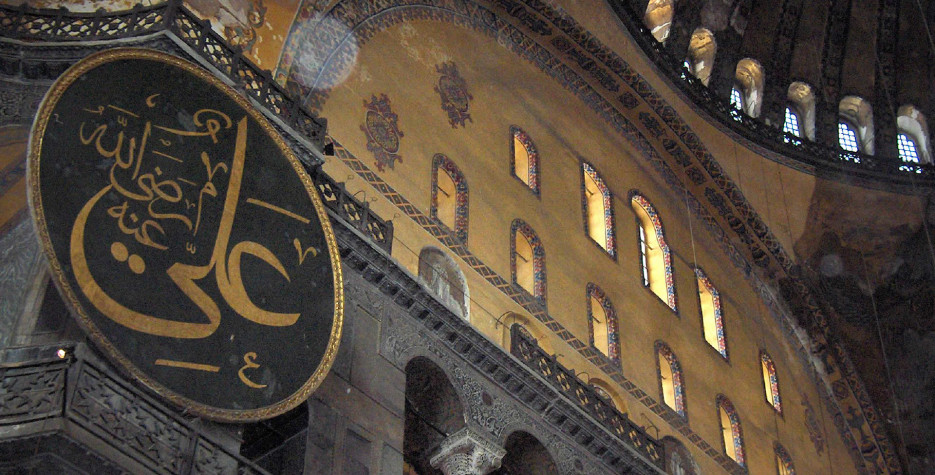When is Eid-e-Ghadir?
Eid-e-Ghadir is a national holiday in Iran, observed on the 18th day of the Islamic month of Dhu al-Hijjah, the final month of the lunar-based Muslim calendar.
Also sometimes written as Eid ul Ghadeer, Eid al-Ghadeer, Eid ul Ghadir and Eid al-Ghadir, this eid (festival) commemorates the appointment of Ali as Muhammad's successor, an important event to Shia Muslims.
History of Eid-e-Ghadir
A decade after the original Hijra when the Prophet Muhammad migrated from Mecca to Medina, he performed the pilgrimage to Mecca, giving the 'Farewell Sermon' to over 120,000 Muslims who had gathered in the valley of Arafat.
On the return journey to Medina, on Dhu al-Hijjah 18 (in March 632AD) the Muslims arrived at Ghadir Khumm where the following verse of the Quran was revealed:
“Oh Apostle! Deliver what has been sent down to you from your Lord, and if you do not, you have not delivered His message (at all); and Allah will protect you from the people.” (5:67).
According to Sunni tradition, after the revelation of the verse, the Prophet delivered a sermon that included the declaration that "to whomsoever I am Mawla, Ali is also their Mawla." After the sermon, Muhammad instructed everyone to pledge allegiance to Ali.
Following the death of Muhammad, a year after the Farewell Sermon, a constitutional assembly elected Abu Bakr, rather than Ali, to be the successor of Muhammad as the first Rashidun Caliph. This choice was disputed by some Muslims, who believed that Ali had been appointed as successor. Even though Ali eventually became the fourth and last Rashidun Caliph, the dispute led to a schism between Sunnis and Shias.
For Shia Muslims, it is said that anyone who fasts on this day achieves the equivalent of 60 years of worship. Apart from fasting, the day is also marked by prayers, ritual bathing, the wearing of best clothes, visiting relatives and giving food to believers.
Shias form the majority of the Muslim population in Azerbaijan, Bahrain, Iran and Iraq. Shias are also significant minorities in Lebanon, Yemen and Kuwait, with smaller numbers in Turkey, Pakistan and Afghanistan. In total, just under 39% of Muslims in the Middle East are Shia.
Sources
Sardar, Ziauddin. Introducing Islam: A Graphic Guide. Icon Books Ltd.


